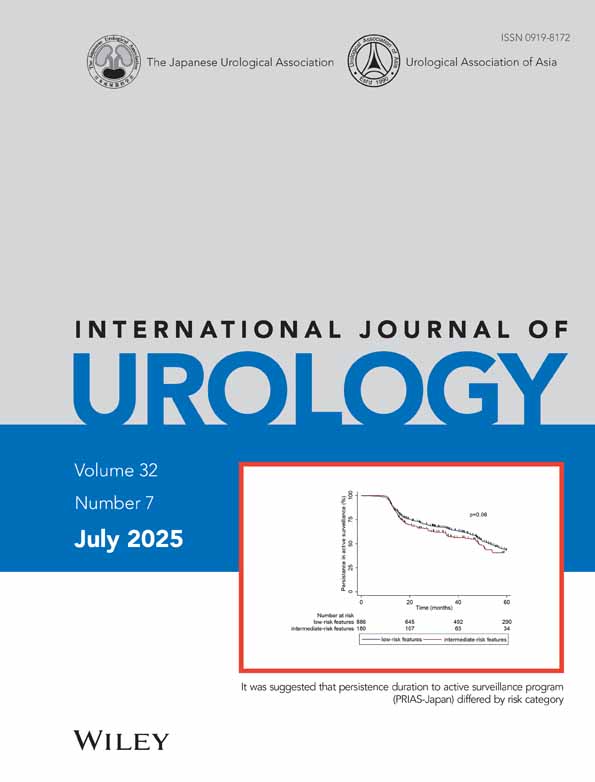Acute normovolemic hemodilution for radical prostatectomy: Can it replace preoperative autologous blood transfusion?
Abstract
Abstract Background: Although preoperative autologous blood donation (PAD) is accepted as a standard of care for radical prostatectomy, it is costly, time-consuming and has risks associated with blood storage. Acute normovolemic hemodilution (ANH) is reported to be less expensive and to preserve blood components more effectively than PAD. In the present study, the efficacy and safety of these two autologous blood-collection techniques were compared.
Methods: The study included 16 consecutive patients scheduled for radical prostatectomy. The first eight patients underwent conventional preoperative autologous blood donation of 400 mL 1 week before the operation (PAD group) and the second eight patients underwent acute normovolemic hemodilution followed by immediate operation (ANH group). All blood collected was transfused in the perioperative period. Preoperative and postoperative hematocrit levels in these two groups were compared.
Results: There were no differences in preoperative hematocrit, time of operation or operative blood loss between the two groups. In the ANH group, 1080 ± 160 mL of blood were collected. The postoperative hematocrit level did not differ significantly between the groups. No patient in either group received allogeneic blood transfusion or experienced an adverse event directly related to blood transfusion.
Conclusion: The two blood-conservation strategies resulted in similar postoperative hematologic outcomes. Given its advantages, which include lower cost, lower risk and higher convenience, ANH is one of the procedures that may replace conventional PAD for use in radical prostatectomy.




